The Different Types of Loft Conversions: Planning, Benefits, and More
Converting a loft or attic into a usable living space is an increasingly popular home improvement in the UK. Not only does it make effective use of otherwise wasted space, but it also adds significant value to a property. If you’re contemplating such a renovation, it’s essential to understand the various types of loft conversions available and whether planning permission is required. In this blog, we’ll delve deep into these topics and also discuss the myriad benefits of a loft conversion.
Types of Loft Conversions
There are several loft conversion types, each suitable for different property styles and requirements. The four most common are:
Dormer Loft Conversion – Description: This is the most popular type of conversion. It involves extending the existing roof to create a box shape. This adds headroom and floor space.
Best for – Properties with limited space. Works well for terraced homes.
Hip to Gable Loft Conversion:
Description – This conversion changes the sloping (hipped) side of the roof to a flat (gable) end. This increases the internal loft space.
Best for – Semi-detached or end of terrace homes with hipped roofs.
Mansard Loft Conversion:
Description – Named after the 17th-century French architect François Mansart, this involves raising the party wall (the wall shared with neighbours). The roof remains flat, while one outer wall slopes gently inwards.
Best for – Terraced homes, but can be adapted for other property types.
Roof Light (or Velux) Loft Conversion:
Description – The least invasive type of conversion. It involves adding skylight windows and reinforcing the floor but doesn’t alter the existing shape of the roof.
Best for – Properties where there’s ample headroom. It’s also the most cost-effective option.
Planning Permission in the UK
In many cases, loft conversions fall under “permitted development,” which means you don’t require explicit planning permission. However, there are exceptions and nuances:
Permitted Development – If your loft conversion does not exceed specified volume allowances (40 cubic meters for terraced houses and 50 cubic meters for detached and semi-detached homes) and meets certain other conditions, you may not need planning permission.
Conservation Areas – If you live in a conservation area, obtaining permission can be more challenging.
Beyond Permitted Development – If your planned conversion exceeds the limits of permitted development, or if there are other complicating factors, you’ll need planning permission. This can involve detailed drawings and potentially, a fee.
Building Regulations – Regardless of planning permission, all loft conversions in the UK must meet building regulations. These ensure that the conversion is structurally sound, safe, and accessible.
Always consult your local authority or a planning expert when considering a loft conversion.
Benefits of Converting Your Loft
Increased Property Value – According to various property experts, a well-executed loft conversion can increase your home’s value by up to 20%.
Additional Living Space – Whether you desire an extra bedroom, home office, playroom, or a personal sanctuary, a loft conversion delivers the extra space without the hassle of moving.
Cost-effective Expansion – Compared to other forms of property extensions, loft conversions often offer a more affordable way to increase living space.
Energy Efficiency – Modern loft conversions can improve your home’s insulation, leading to potential savings on heating bills.
Natural Light – With the inclusion of skylights or larger windows, lofts can harness a wealth of natural light, creating an uplifting and productive environment.
Avoid the Move – If you love your current neighbourhood but need more room, a loft conversion lets you stay put while adapting your home to your evolving needs.
A loft conversion is more than just an architectural transformation. It’s an investment in your home’s value, an enhancement of your living space, and a testament to adaptable, efficient urban living. Whether you opt for a Dormer, Mansard, Hip to Gable, or Roof Light conversion, the key is to plan well, be aware of regulatory requirements, and envisage how this new space can best serve your current and future needs.

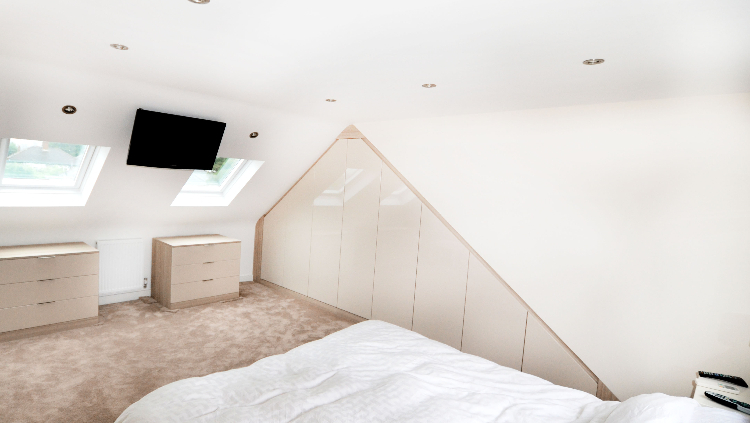
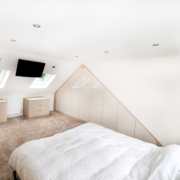
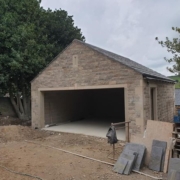
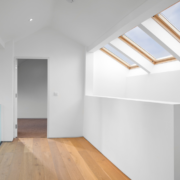
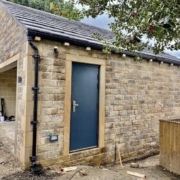





Leave a Reply
Want to join the discussion?Feel free to contribute!